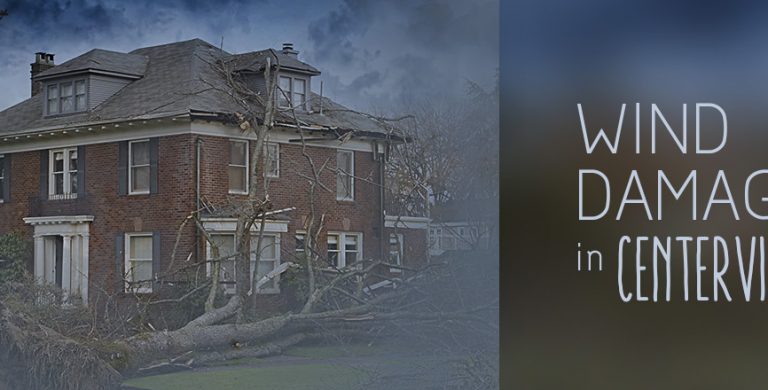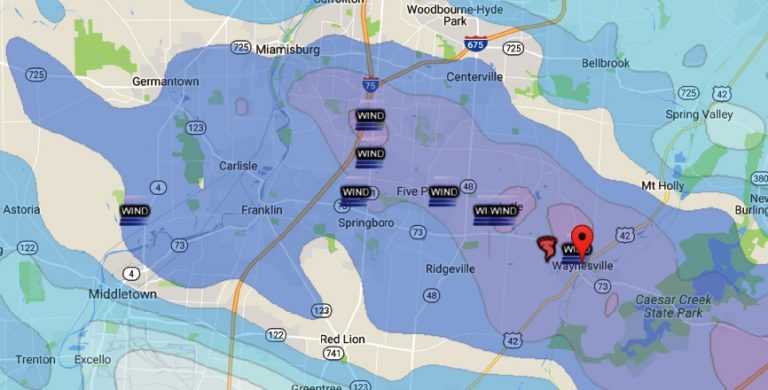UPDATE
This article is about a tax credit that ended in 2013.
The federal energy tax credit for 2015 is for Geothermal Heat Pumps, Small Wind Turbines (Residential), and Solar Energy Systems.
Should you live in Chicagoland or the Greater Cincinnati Area and need help with paying for a new roof, please contact Roofing Annex and ask about our financing option.
Tax Day may have come and gone, but the federal energy tax credit is still available for homeowners who plan to have a roof replacement done before December 2013. It’s a pretty substantial tax credit – up to $500 – so it’s worth filing for it. As a service to our customers, the Roofing Annex is providing you with all the information you need to obtain your home energy efficiency tax credit.
Some Background on the U.S. Energy Tax Credit
The tax credit for energy efficient home improvements began in 2005 under the Energy Policy Act. Over the years, it was extended several times under the Energy Improvement and Extension Act, the American Recovery and Reinvestment Act of 2009 and now the American Tax Payer Relief Act of 2012.
The latest extension, retroactive to January 1, 2012, includes a home energy efficiency tax credit for roofing under IRS Section 25c, which applies to energy efficient retrofits made to an existing home through December 31, 2013.
Under the 2012 act, homeowners can claim 10 percent of the cost of qualifying energy efficient building materials, up to $500. Only the cost of the roofing materials can be credited, not labor or installation.
Roofing that Qualifies for the Federal Tax Credit
Roof materials are included in the IRS tax credit because certain types of roofing reflect a large portion of the sun’s rays. This lowers the temperature of the roof surface by nearly 100 degrees F, which means you use less energy to cool your home.
Only energy efficient roofs that meet Energy Star requirements qualify for the tax credit. They include:
- Metal roofing with certain pigmented coatings designed to reduce heat buildup;
- Asphalt roof shingles with suitable cooling granules;
- Solar reflective roofing.
Check out Energy Star for complete details.
The Roofing Annex makes it easy for you to qualify for the roof tax credit by using roofing materials from two of the leading manufacturers of roofing materials: CertainTeed and GAF.
We use cool roofing products from CertainTeed that reflect the sun, which saves energy by reducing your home’s cooling costs. And that translates into lower energy bills for you. Other roofing systems made by CertainTeed that qualify for the federal tax credit include Presidential Solaris, Landmark, Landmark Solaris, Landmark PRO, CoolStar and more.
We also install various highly reflective roofing materials from GAF, including roof membranes and coatings, that accommodate low slope roofs and meet the Energy Star requirements for the tax credit. Among the GAF reflective roofing solutions installed by the Roofing Annex are Timberline Cool Series shingles, garden roofing and Energy Star qualified and Tile 24 roofing systems that may qualify for Leadership in Energy and Environmental Design (LEED) credit as well.
How to Claim Your Tax Credit
There are three easy and quick steps that need to be followed to receive your energy tax credit.
- Ask your roofing company for a manufacturer’s certification statement that confirms your new replacement roof meets the requirements for the credit.
- Save your receipts and the certification statement in case the IRS requests proof.
- Include IRS Tax Form 5695 when completing your taxes to apply for your energy efficiency tax credit.
When contacting the Roofing Annex about a new roof for your existing home, be sure to mention your interest in roofing that qualifies for the federal energy tax credit. From there, we’ll provide you with various options based on your home style, its surroundings and your budget.



